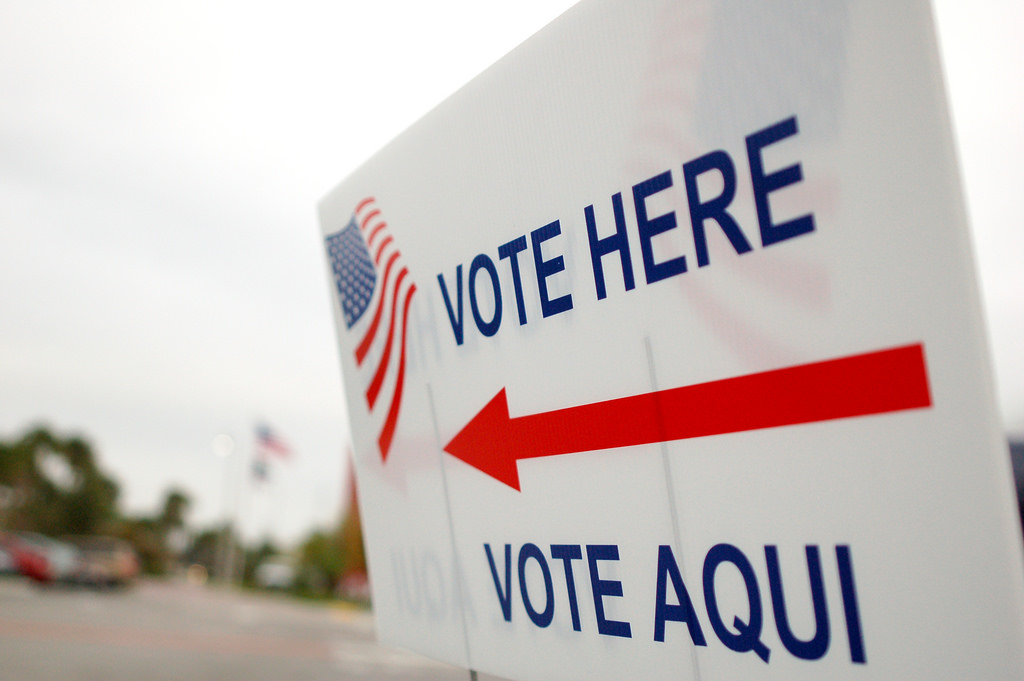In the 2018 midterm elections, voter turnout repeatedly surfaced as a defining issue for several races. Compared to previous years, Texas saw high voter turnout, despite a meager 53 percent of Texans showing up to the polls. Beto O’Rourke highlighted this issue as he often referred to Texas as a “non-voting state” rather than a red state. In Georgia, Brian Kemp purged thousands of voters in the state’s gubernatorial race between himself and Stacey Abrams. Abrams has cited this purge as a key reason why she lost the race and is backing an effort to reform Georgia’s electoral system. This issue was not lost on either candidate as both were frequently asked about their chances in red states. Because of tactics like these, most voting rights advocates hope to overcome these issues with automatic voter registration, expanded early voting, and the abolition of voter ID laws. However, there is one potential policy solution they seldom talk about: mandatory voting.
Mandatory voting is the idea that a citizen must go to the poll or face a consequence. It is not a new concept. Most famously, Australia enforces mandatory voting and fines those who do not participate. Australia’s voter turnout in 2016 was about 91 percent, which was the lowest since the policy was enacted in 1925. The United States sees itself as a beacon of democracy, but with half of its citizens forgoing elections, it is hard to argue that the American electoral process is truly democratic. Indeed, when people do not go to the polls and make their voices heard, they will continue to feel that politicians fail to work in their best interest. Were it compulsory to vote, citizens would form a stronger voting bloc, compelling politicians to act in their interest.
Beyond having their voices heard, mandatory voting could eliminate the problems of voter suppression such as those seen in the 2018 midterm election and be the first step in much-needed election reform. For example, in Oregon, vote by mail is the only option to cast your vote. Informational pamphlets regarding each candidate and ballot measure are sent to eligible voters, an important step to ensure informed decision making. The evidence suggests that vote by mail is a straightforward way to enhance turnout and circumvents much of the logistical challenges around in person voting that we see in other states. A system whereby mandatory voting is done entirely via mail could enfranchise millions of Americans.
Mandatory voting could also alleviate voter apathy. Citizens would begin to believe that the system is working on their behalf, as each one would have their voice heard. Increased voter participation could substantially help in local runoff elections, too, where turnout is often extremely low. Moreso, it could help in cases where national and statewide candidates cannot mobilize sufficient voters. Under a mandatory voting policy, individuals could still voice their dissatisfaction with the candidate by partially completing their ballot or abstaining from specific races. Even if they do not not vote in a given race, they do not forego other important races and ballot measures.
Many critics will argue that mandatory voting infringes on freedoms that are inherent to the American Experiment, suggesting that the refusal to participate in the electoral process is protected under freedom of expression They also will state that uninformed voters are dangerous to democracy. At odds with this belief, however, is that voting is both a right and obligation. Comprehensive election reform with mandatory voting coupled with an information campaign is the best path toward ensuring every American has their voice heard and can fully participate in elections.

